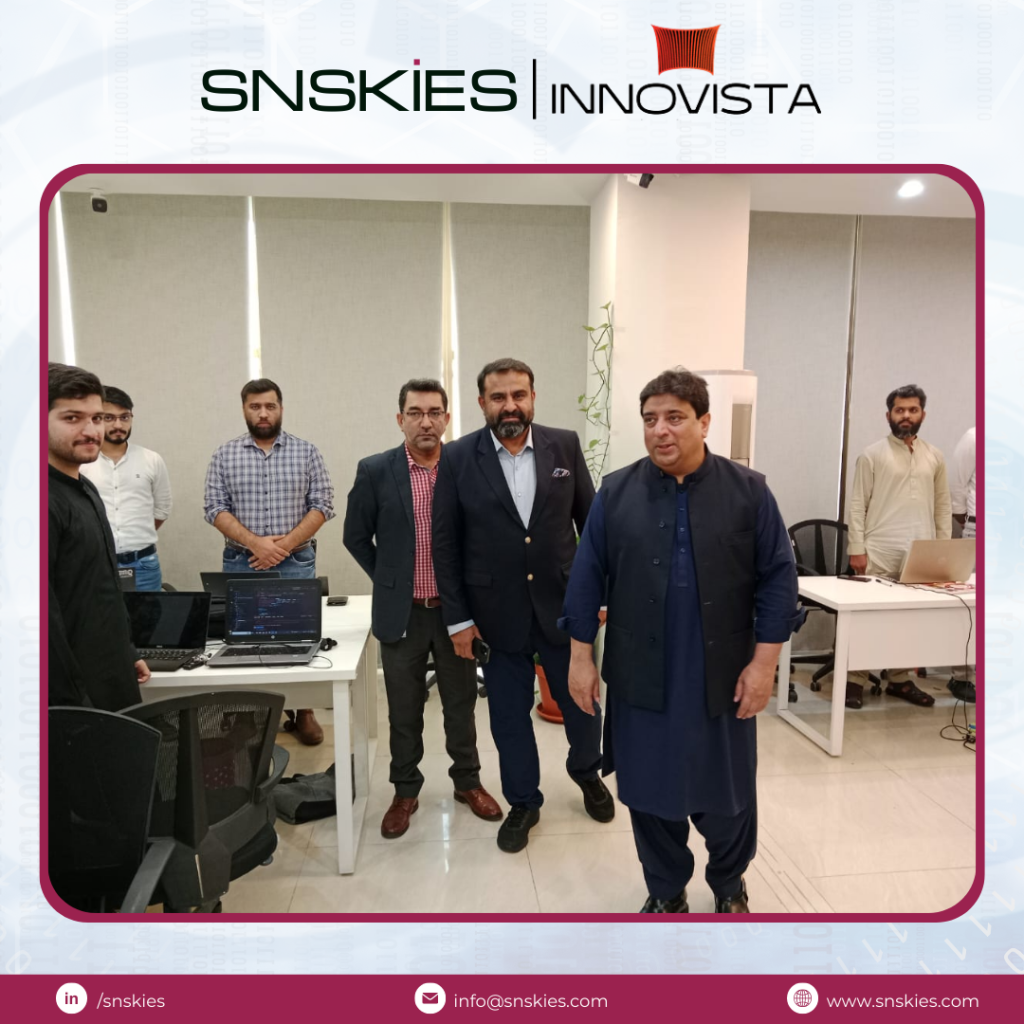Beware of Online Banking Fraud: Strengthen Your Security with Advanced Measures
Beware of Online Banking Fraud: Strengthen Your Security with Advanced Measures
- Articles
- October 23, 2024

As the popularity of online banking continues to rise, so too do the efforts of cybercriminals seeking to exploit vulnerabilities. Protecting your financial data requires a combination of robust security practices and advanced technologies like Network Detection and Response (NDR), which offers comprehensive protection for your IT infrastructure. This article highlights effective strategies to protect yourself from online banking fraud, while also exploring the critical role of NDR in enhancing network security.
1. Create a Strong Password
A strong password is the cornerstone of online banking security. Ensure your password is complex, incorporating a mix of uppercase and lowercase letters, numbers, and special characters. Avoid using easily guessed information, such as your name or birthdate.
2. Avoid Using Public Wi-Fi for Banking
Public Wi-Fi networks are notoriously insecure, making them easy targets for hackers trying to intercept sensitive information. Always avoid accessing your online banking accounts or conducting financial transactions over public or unsecured internet connections.
3. Make Payments on Trusted Websites Only
When making online payments, always use secure (https://) websites from reputable vendors. Cybercriminals often create fraudulent sites to steal banking details, so ensure you verify the platform’s legitimacy before entering any payment information.
4. Keep Your Devices Updated
Regularly update your computer, smartphone, and other devices used for online banking. These updates often include security patches that protect against vulnerabilities exploited by hackers. Outdated software is a common entry point for unauthorized access.
5. Report Lost Cards Immediately
If your credit or debit card is lost, contact your bank immediately and request the card be blocked. Fast action can prevent unauthorized transactions and potential financial losses.
6. Never Share Sensitive Banking Information
Avoid sharing your passwords, PINs, or account numbers with anyone. Banks will never request this information, so be cautious of any unsolicited requests that appear suspicious.
The Role of IT Infrastructure in Combating Banking Fraud
Securing your IT infrastructure is critical in the fight against online banking fraud. Traditional security measures like firewalls provide a basic level of defense, but today’s sophisticated attacks require more advanced solutions. Network Detection and Response (NDR) is an essential tool that offers comprehensive protection by continuously monitoring your network for suspicious activity.
Firewalls: The First Layer of Defense
Firewalls act as a protective barrier between your internal network and external threats. They regulate traffic based on predefined rules, blocking unauthorized access. However, firewalls have limitations, especially when it comes to detecting advanced threats.
Limitations of Firewalls:
- Known Threat Detection: Firewalls rely on signature-based detection, making them vulnerable to zero-day attacks and emerging threats.
- Limited Internal Monitoring: Once a threat bypasses the firewall, it has little visibility into internal network activities.
- Lack of Behavioral Analysis: Firewalls are not designed to detect abnormal behavior within the network, leaving systems exposed to advanced persistent threats (APTs) and insider attacks.
Network Detection and Response (NDR): A Comprehensive Security Solution
Network Detection and Response (NDR) focuses on detecting and responding to threats that have already infiltrated the network. Unlike firewalls, NDR offers real-time visibility and analysis of internal network traffic, making it highly effective in identifying complex threats.
Key Features of NDR:
- Anomaly Detection: NDR monitors normal network behavior and flags deviations, which can indicate security breaches.
- Real-Time Threat Response: NDR systems can automatically isolate compromised devices, block malicious activity, and initiate an incident response.
- Deep Packet Inspection: NDR analyzes network traffic at a granular level, identifying suspicious patterns that may signal an attack.
- Comprehensive Internal Visibility: NDR offers full visibility into internal (East-West) traffic, allowing detection of threats inside the network.
Why NDR is Essential for Online Banking Security
While firewalls provide perimeter protection, NDR excels at identifying threats that have penetrated the network. For online banking, NDR can detect unusual account activity, unauthorized logins, or attempts to steal financial data—all in real-time.
How NDR Complements Firewalls:
- Perimeter Defense: Firewalls block known external threats at the network’s edge.
- Internal Threat Detection: NDR continuously monitors for malicious activities inside the network, ensuring that threats are detected even after bypassing the firewall.
By combining NDR with traditional firewalls, both individuals and organizations can greatly improve their security posture, protecting against both external and internal threats.
Conclusion
In today’s cyber threat landscape, relying solely on firewalls is not enough to combat modern attacks. Implementing Network Detection and Response (NDR) alongside firewalls creates a robust security framework that provides real-time detection, continuous monitoring, and advanced response capabilities. This layered security approach ensures that your online banking and IT infrastructure are better protected against evolving threats.
To safeguard your financial data and online activities, combine preventative measures such as strong passwords and device updates with advanced solutions like NDR to detect and respond to internal network threats in real-time.




